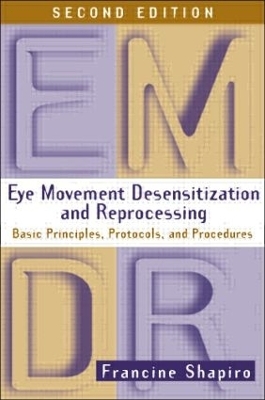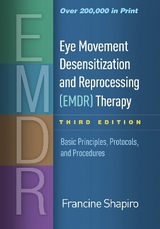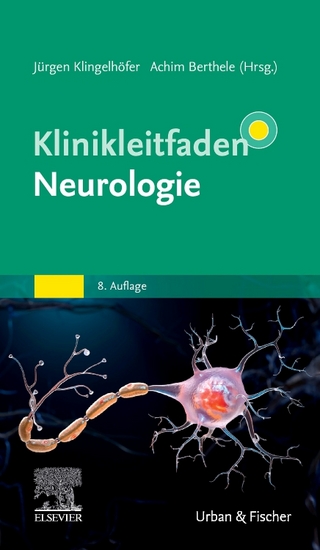
Eye Movement Desensitization and Reprocessing (EMDR) Therapy, Second Edition
Guilford Publications (Verlag)
978-1-57230-672-1 (ISBN)
- Titel erscheint in neuer Auflage
- Artikel merken
EMDR is now recognized by the American Psychiatric Association as an effective treatment for ameliorating symptoms of both acute and chronic PTSD (APA Practice Guidelines for the Treatment of Patients with Acute Stress Disorder and Posttraumatic Stress Disorder).
New to This Edition:
*Updated neurobiological data, findings from controlled clinical studies, and literature on emerging clinical applications.
*Updated protocols and procedures for working with adults and children with a range of presenting problems.
Francine Shapiro, PhD, the originator and developer of EMDR, is a senior research fellow at the Mental Research Institute in Palo Alto, California; Executive Director of the EMDR Institute in Watsonville, California; and founder and President Emeritus of the EMDR Humanitarian Assistance Programs, a nonprofit organization that coordinates disaster response and pro bono trainings worldwide. She is a recipient of the International Sigmund Freud Award for distinguished contribution to psychotherapy, from the City of Vienna; the American Psychological Association Division 56 Award for Outstanding Contributions to Practice in Trauma Psychology; and the Distinguished Scientific Achievement in Psychology Award, from the California Psychological Association. Dr. Shapiro was designated as one of the ""Cadre of Experts"" of the American and Canadian Psychological Associations' Joint Initiative on Ethnopolitical Warfare. She has written and coauthored more than 60 articles, chapters, and books about EMDR.
Preface
1. Background
2. The Model as a Working Hypothesis
3. Components of EMDR Treatment and Basic Treatment Effects
4. Treatment Sequence, Phase One: Client History
5. Treatment Sequence, Phases Two and Three: Preparation and Assessment
6. Treatment Sequence, Phases Four to Seven: Desensitization, Installation, Body Scan and Closure
7. Strategies for Working with Abreaction and Blocks
8. Phase Eight: Reevaluation and the Use of The EMDR Three-Pronged Protocol
9. Protocols and Procedures for Special Situations
10. The Cognitive Interweave: A Proactive Strategy for Working With Challenging Clients
11. Special Populations
12. Theory, Research, and Clinical Implications
Appendices:
A. Clinical Aids.
B. Client Safety.
C. EMDR Resources.
D. Online-only Appendices.
| Erscheint lt. Verlag | 11.10.2001 |
|---|---|
| Verlagsort | New York |
| Sprache | englisch |
| Maße | 156 x 234 mm |
| Gewicht | 840 g |
| Themenwelt | Medizin / Pharmazie ► Medizinische Fachgebiete ► Neurologie |
| Medizin / Pharmazie ► Medizinische Fachgebiete ► Psychiatrie / Psychotherapie | |
| ISBN-10 | 1-57230-672-6 / 1572306726 |
| ISBN-13 | 978-1-57230-672-1 / 9781572306721 |
| Zustand | Neuware |
| Informationen gemäß Produktsicherheitsverordnung (GPSR) | |
| Haben Sie eine Frage zum Produkt? |
aus dem Bereich



